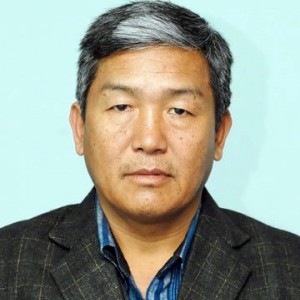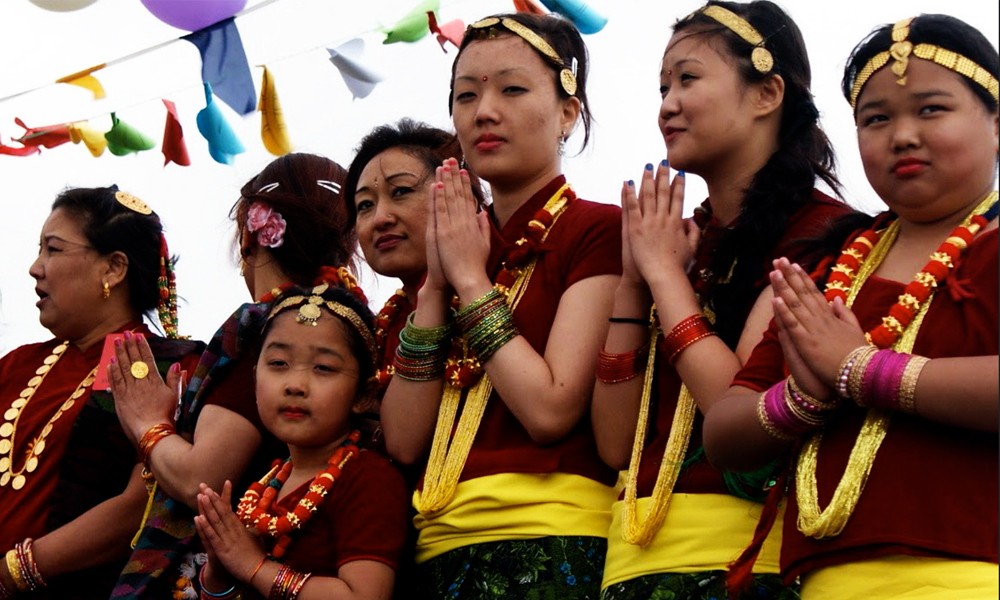Nepal's indigenous rights movement has a long history, and its agendas have always evolved, mainly due to political changes witnessed by the country.
After Gorkha's emperor Prithvi Narayan Shah invaded weaker principalities and annexed them into what is now known as Nepal, indigenous peoples who lost their kingdoms fought for autonomy, including linguistic and cultural rights. They were defeated and disorganized, so the Shahs did not bother to address their demands. The state imposed linguistic and cultural hegemony on indigenous communities, undermining their identity and relegating them to the margins of the society.
Post 1990
After the restoration of democracy in 1990, indigenous communities organized themselves to strongly advocate for their rights. The new political regime was more liberal than the Shah monarchs, and the revival of democracy bolstered indigenous rights movement. That was when indigenous people began pressing for the agendas of identity, federalism, autonomy and rights to self-determination.
A new political party that vowed to champion the cause of indigenous rights movement campaigned for proportional representation of marginalized communities. But it was not a radical party because its agendas were limited to local autonomy within the unitary state.
A new political party that vowed to champion the cause of indigenous rights movement campaigned for proportional representation of marginalized communities. But it was not a radical party because its agendas were limited to local autonomy within the unitary state. Another party that emerged around that time demanded a federal Nepal, with 12 autonomous states in it.
The Maoist war
A few years after the political change of 1990, the Maoists declared a war on the state. Four years into the war, the rebels decided to back indigenous people's agendas like autonomy, federalism and self-determination, which were endorsed by the 2006 Democracy Movement. The 10 years of war, followed by the People's Movement II, was a watershed moment for Nepal's long-ignored indigenous rights movement. It forced conventional parties to rethink their ways of dealing with indigenous communities.
Socio-political dimensions
Nepal's indigenous rights movement has two dimensions: social and political. While the cultural and social organizations of indigenous communities have led the social movement, political parties are pressing for political agendas. But the objectives of both these movements are the same: recognition of indigenous people's diversity, and making them a part of the state. These two fronts need to coordinate with each other, and it is the responsibility of indigenous rights activists. If they fail, their movement will lose its momentum.
An ailing and confused movement
Nepal is now carving out six federal provinces, as envisaged by the Constitution. But these provinces are not based on identity, and fall short of meeting the expectations of indigenous communities. So their struggle has become even more relevant. But it suffers from various ailments and confusion, and it is doomed to fail if it does not treat its ailments right now.
- Indigenous rights activists are more loyal to political parties. They use their movement as a bargaining chip, and easily betray their constituencies if they get an offer from their parties. This is the most chronic ailment.
- Leaders of indigenous rights movement are divided. They are never ready to accept the leadership of another person.
- They strongly fight for key positions. Once they are elected, they just sit back, and their zeal dies.
- They are more interested in donor-funded projects rather than their original objectives.
And there is lack of clarity, which is also hindering this movement.
- All the leaders of indigenous rights movement want identity-based federalism, but they differ on its types, models and scope. They are also divided over other issues of state-restructuring, form of governance and judiciary. This total lack of clarity is an obstacle for indigenous rights movement.
- What is the ultimate goal of indigenous rights movement? Does it end with federalism and autonomy, or go on beyond this? Indigenous rights activists have their own opinions.
- A social movement is not entirely apolitical. It has political causes, too. And Nepal's indigenous rights movement, as a social movement, is not different. But indigenous rights activists are confused about similarities and differences between this social movement and its political form.






